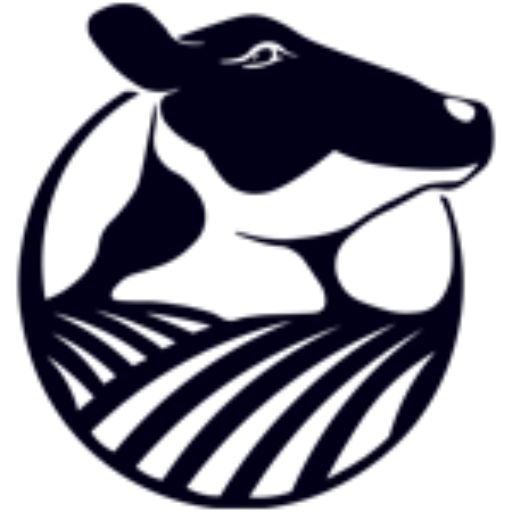How RuFas Works
RuFaS is built with 4 interconnected, biophysical modules (animal, manure, crop & soil, feed storage) and 3 systems modules (economics, environmental impact, energy). RuFaS simulates a single farm as the system boundary, is continuous in time, and uses a daily time step to pass information between modules about carbon, nitrogen, phosphorus, water, and energy flow through the farm system. Users tailor model inputs and outputs to meet their information needs. RuFaS uses modern python code and the high levels of coding standards, transparency, and documentation to ensure model flexibility, clarity, adaptability, and persistence. It simulates a wide variety of feeding, cropping, and manure management practices to represent many farm types and analyze production, profitability, and sustainability footprints. The model will have a range of applications, from a research tool for scientists to a decision-aid tool for the dairy industry.
If you are interested in learning a little more about an individual module of RuFaS, don’t hesitate to click “more.”




